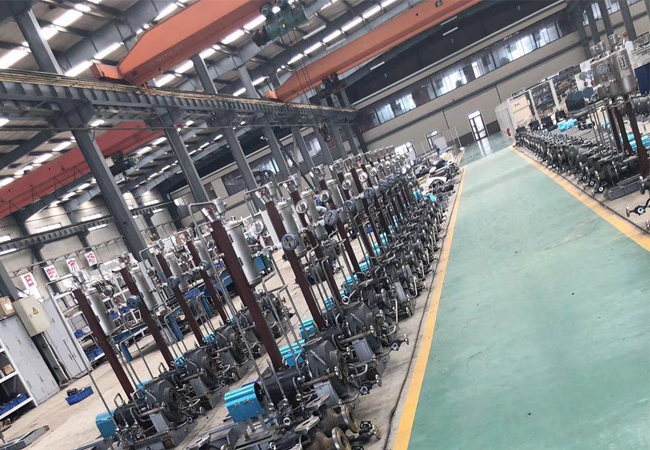English
- Afrikaans
- Albanian
- Amharic
- Arabic
- Armenian
- Azerbaijani
- Basque
- Belarusian
- Bengali
- Bosnian
- Bulgarian
- Catalan
- Cebuano
- Corsican
- Croatian
- Czech
- Danish
- Dutch
- English
- Esperanto
- Estonian
- Finnish
- French
- Frisian
- Galician
- Georgian
- German
- Greek
- Gujarati
- Haitian Creole
- hausa
- hawaiian
- Hebrew
- Hindi
- Miao
- Hungarian
- Icelandic
- igbo
- Indonesian
- irish
- Italian
- Japanese
- Javanese
- Kannada
- kazakh
- Khmer
- Rwandese
- Korean
- Kurdish
- Kyrgyz
- Lao
- Latin
- Latvian
- Lithuanian
- Luxembourgish
- Macedonian
- Malgashi
- Malay
- Malayalam
- Maltese
- Maori
- Marathi
- Mongolian
- Myanmar
- Nepali
- Norwegian
- Norwegian
- Occitan
- Pashto
- Persian
- Polish
- Portuguese
- Punjabi
- Romanian
- Russian
- Samoan
- Scottish Gaelic
- Serbian
- Sesotho
- Shona
- Sindhi
- Sinhala
- Slovak
- Slovenian
- Somali
- Spanish
- Sundanese
- Swahili
- Swedish
- Tagalog
- Tajik
- Tamil
- Tatar
- Telugu
- Thai
- Turkish
- Turkmen
- Ukrainian
- Urdu
- Uighur
- Uzbek
- Vietnamese
- Welsh
- Bantu
- Yiddish
- Yoruba
- Zulu
Telephone: +86 13120555503
Email: frank@cypump.com
Aug . 17, 2024 05:47 Back to list
Efficient Solutions for Slurry Pumping Systems in Various Applications
Understanding Slurry Pump Boxes Key Components of Efficient Slurry Transport
Slurry pumps are essential in various industries, particularly in mining, construction, and waste management, where the transport of mixtures of solids and liquids (slurries) is a common requirement. One of the critical components of these pumps is the slurry pump box, an integral part of the system that significantly influences the efficiency and performance of slurry handling.
What Is a Slurry Pump Box?
A slurry pump box, often referred to as a slurry box or sump, serves as the reservoir where the slurry is collected before it is pumped
. This component is crucial for several reasons1. Collection Point The pump box acts as a collection area for the slurry, ensuring that the mixture is gathered in one place before being transferred to the slurry pump. This design helps to manage the flow and control the slurry's density, which is vital for effective pumping.
2. Sediment Control In many applications, especially in mining and dredging, the slurry can include heavier sediments that settle at the bottom. A well-designed pump box can help to minimize the sediment buildup by maintaining a continuous flow of slurry, preventing the solids from completely settling, which could lead to blockages.
3. Supporting Equipment The pump box often houses additional equipment such as agitators or mixers that keep the slurry in suspension. This is particularly important when dealing with viscous or highly concentrated slurries, as it ensures homogeneity and prevents the formation of clumps.
Key Design Considerations
slurry pump box

When designing a slurry pump box, several factors must be taken into account to optimize its functionality
1. Size and Shape The dimensions of the pump box are critical in accommodating the volume of slurry produced by the operation. A larger box may be necessary for high-capacity applications, while smaller or narrower designs may suffice for less demanding tasks. The shape of the box should facilitate easy flow into the pump while minimizing dead zones where solids could accumulate.
2. Material Selection Given the abrasive nature of many slurries, the materials used in constructing the pump box must be durable and resistant to wear. Common materials include hardened steel, rubber lining, or specialized alloys designed to withstand both the physical and chemical stresses posed by the slurry.
3. Flow Dynamics The internal design of the pump box should promote efficient flow dynamics. This includes smooth transitions between sections, appropriately angled inflows, and outflows, and potentially the integration of baffles to guide the slurry and reduce turbulence.
Maintenance and Operation
Regular maintenance of the pump box is necessary to ensure uninterrupted operation. This includes routine inspections for wear on the box's interior surfaces, checking for blockages, and ensuring that any agitators or mixers are functioning correctly. Additionally, operators must monitor the slurry's properties, including its viscosity and solids concentration, adjusting the pump's settings as needed to optimize performance.
Conclusion
The slurry pump box is a pivotal component in the efficient handling and transport of slurry in various industrial applications. By understanding its functions and the key design considerations, operators can ensure effective and reliable slurry management, leading to improved productivity and reduced operational costs. As industries continue to evolve, the design and technology surrounding slurry pump boxes will likely advance, driving further efficiency in slurry transport systems.
-
ISG Series Vertical Pipeline Pump - Chi Yuan Pumps Co., LTD.|Advanced Hydraulic Design&Energy-Efficient Solutions
NewsJul.30,2025
-
ISG Series Vertical Pipeline Pump - Chi Yuan Pumps Co., LTD.
NewsJul.30,2025
-
ISG Series Vertical Pipeline Pump - Chi Yuan Pumps Co., LTD.|energy-efficient fluid handling&industrial durability
NewsJul.30,2025
-
ISG Series Vertical Pipeline Pump - Chi Yuan Pumps | Advanced Engineering&Industrial Efficiency
NewsJul.30,2025
-
ISG Series Pipeline Pump - Chi Yuan Pumps | High Efficiency, Energy Saving
NewsJul.30,2025
-
ISG Series Vertical Pipeline Pump-Chi Yuan Pumps|High Efficiency&Reliable Performance
NewsJul.29,2025










